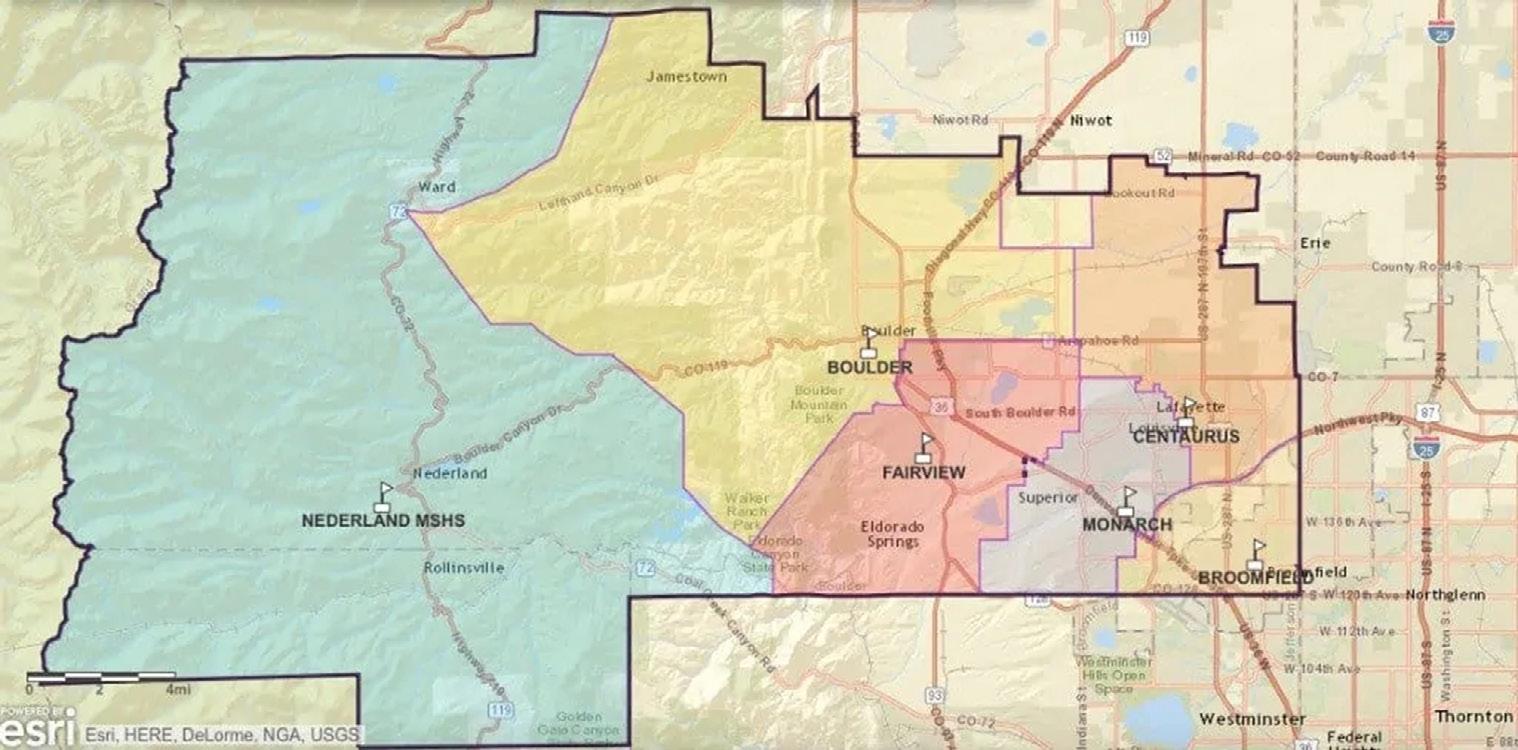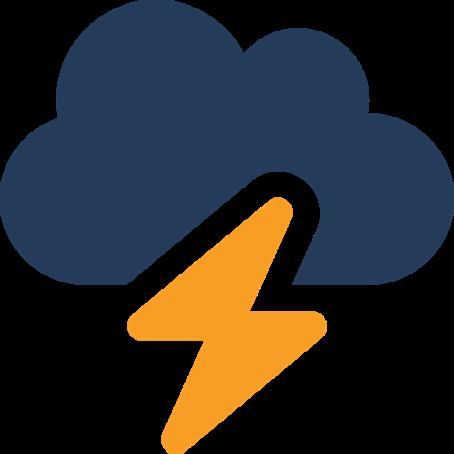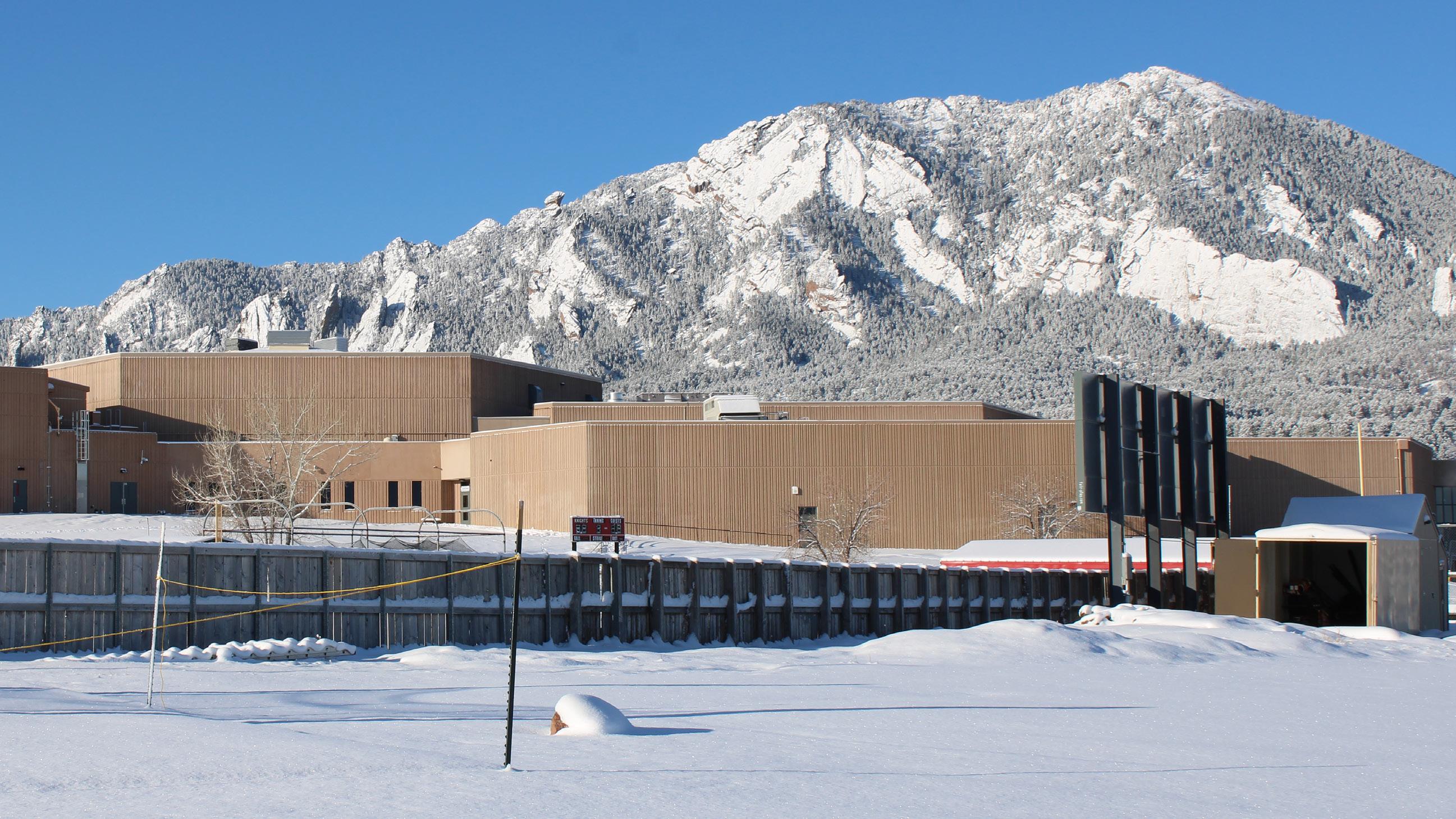
4 minute read
Snow days, how do they work? Snow days, how do they work?
The Superintendent’s process and protocol when calling a snow day.
On the day of snow storms like that on the second of February, students all throughout Boulder County were ecstatic to learn that they had received a day off of school. Snow days are a rarity in Boulder Valley schools, though the county garners 89 inches of snow per year on average.
Advertisement

When traveling to school on icy roads and through layers of snow, students often wonder, what is the decision making process?
“It’s hard to predict the weather. But we’ve had times where we don’t get snow days when we have like over a foot of snow and then times where we do when it ends up not even snowing, a full six inches,” said Alia Sponheimer (11). “And road conditions also need to be taken more into consideration as well as when it’s going to snow during the day, not just how much snow [there is].”
“A lot of people do have four wheel drive and everything like that, but I don’t. So sometimes it’s a little bit of a worry if snow is actively falling when we get up and everything like that and there’s no snow day called,” said Indigo Jones (12).
Many students feel discontent with the inconsistency behind the snow day decision. Unsurprisingly, the process is complicated.
“First and foremost, our buses have to be able to transport kids,” said BVSD superintendent Dr. Rob Anderson. “That is a critical component… Our bus drivers, at around 3:30 in the morning [of February 16th, a particularly stormy day] went to transportation, jumped in buses and drove our most treacherous routes, the ones that historically snow impacts travel [on] the most.”
“They actually take off, they drive up into the mountains, they take a loop down. It’s not just like, ‘oh I looked in one spot.’ They’re really getting a sense of [the roads],” added Randy Barber, director of BVSD communications.
Once the transportation department comes back from their routes, they converse with assistant superintendent of operations at BVSD, Rob Price, who relays the information to the superintendent.
Driving routes isn’t the only factor.
BVSD also hires a private weather service, Skyview Weather, to provide predictions and information on conditions.
“I’m not looking at the Weather Channel like you all are with my phone,” said Dr. Anderson. “We have somebody who looks at our conditions, and knows and understands what type of snow can cause challenges to the operations of a school district.”
However, it’s still possible to predict weather inaccurately. The trick for Anderson and company is predicting the weather a day in advance.
“We don’t want to sit on information if we can let people know earlier rather than later,” said Dr. Anderson. “We feel like that’s the right thing to do as public servants and that’s what people would prefer, right? It’s easier if you know the night before [that] you’re going to have a snow day versus if I make a call at five in the morning.”
In order to not cause chaos within BVSD’s community, the district has to inform people based on prediction rather than current conditions.
“Sometimes those predictions from these professional meteorologists come true, sometimes they don’t,” Dr.
Anderson said. “The inconsistencies are very much because the weather in Colorado is predictably inconsistent.”
After BVSD has gathered as much information as they can about the conditions within the 500 square miles they cover, there are other factors that potentially impact the decision making process.


“At a certain point you have to make up the time,” said Dr. Anderson. “So one snow day, a couple delayed starts, no problem, right? But if you were to start to cancel lots and lots of school days, either you would have to make up the days or look for that waiver, which the state may or may not may not grant.”
Making up the school days would be a controversial decision. While students would reap the benefits of a free day here and there, eventually the days could stack up enough to lead to the school year stretching into summer. Fortunately, BVSD has never had to do this.
There are several myths surrounding the decision making process, such as snow days being decided for financial gains.
“There are people that believe that we close and we save money by not being open. But it really is not part of the factor at all,” said Barber.
“There is no financial advantage of calling a snow day or not,” added Dr. Anderson. “It’s really all about safety.”
BVSD also triangulates with other districts in the area, and with enough intel they eventually can make a decision on whether schools will have a snow day, a two hour delay, or normal school days.
“Our team makes a recommendation to me, then it’s ultimately my final decision,” said Dr. Anderson. “It’s just a responsibility of the job, one that I take pretty seriously. We have teams, we have trained meteorologists, we have transportation experts. We work with our cities, municipalities, knowing and understanding the capacity of the plows in our community. All those things make it a really complicated decision that sometimes breaks the way kids want it to and sometimes it doesn’t.”
Even ignoring the rumors and myths about the decisions, snow days are persistently a controversial topic. Whether it’s students having to get to school in the snow or kids staying home while the sun is brightly shining, there will always be somebody upset with the decision.
Students across Boulder County however, will be glad to hear that Dr. Anderson errs on the side of caution.
“There have been some superintendents here in the past who refuse to ever call snow days,” said Dr. Anderson. “I’m not one of those people. But, you know, it can be a very polarizing decision depending on people’s perspectives.”








